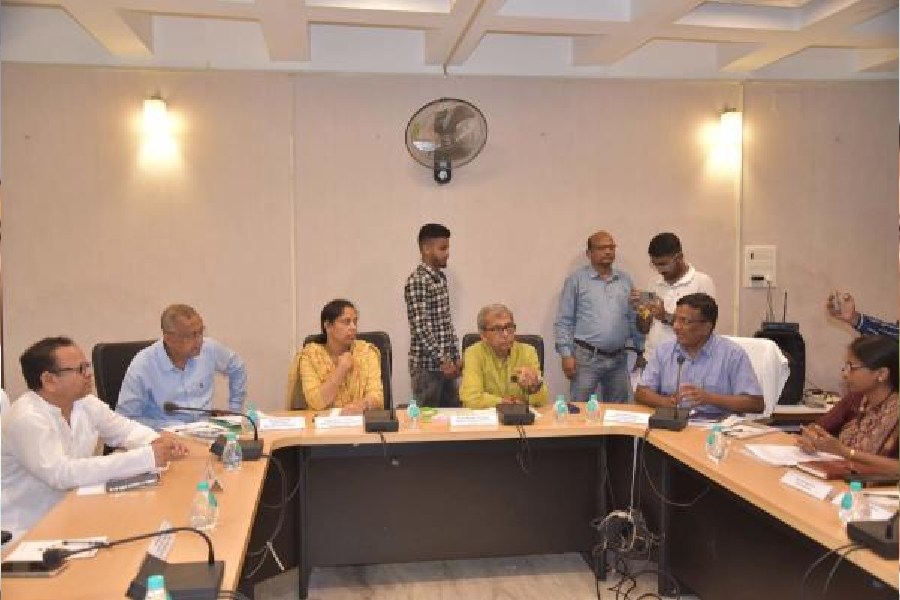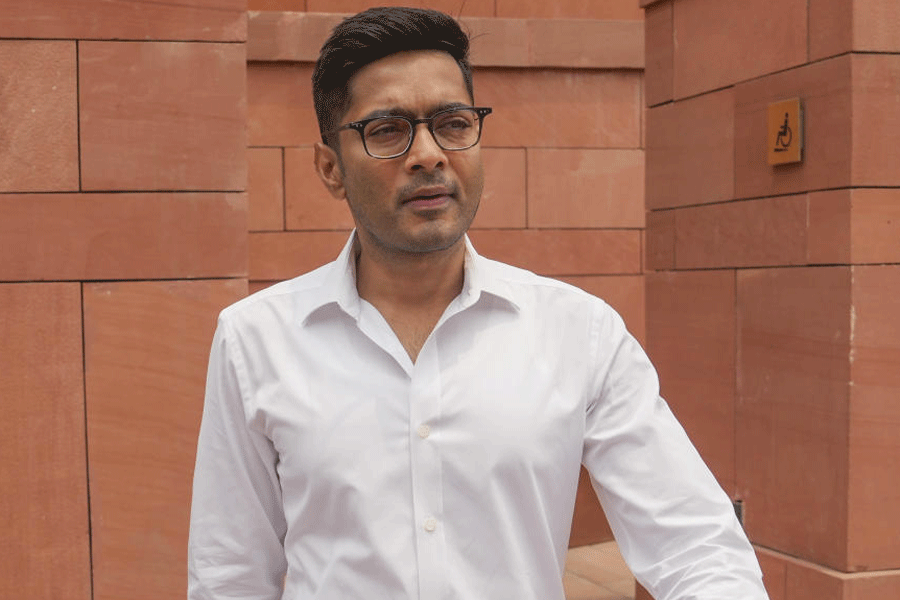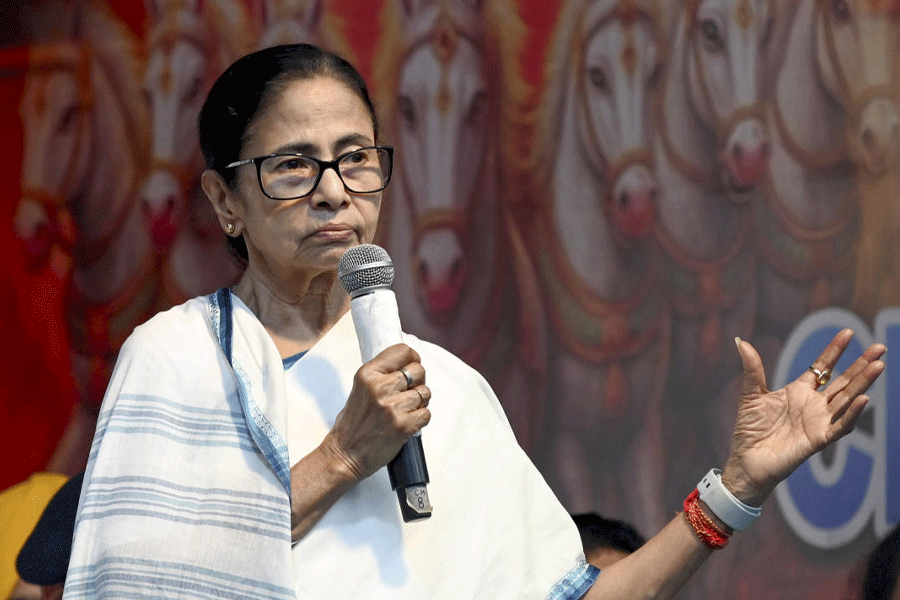The Bengal irrigation department is evolving a joint mechanism in coordination with different state and central government departments to work for flood control, relief and rescue works across north Bengal, a region where rivers spill over and inundate vast stretches of land.
The decision was made at a meeting conducted by the state irrigation minister, Manas Bhunia, at the state guest house in Siliguri on Wednesday.
“From now on, we will take a coordinated approach for flood protection and other related work by involving representatives from various state departments and central agencies and departments like the Indian Meteorological Department, Central Water Commission and the NHPC. This will ensure prompt steps to control floods and to mitigate the damage in north Bengal,” he said after the meeting.
“There will be a common committee comprising representatives from these departments, and it will function from a centrally-located area of the region,” Bhunia, on a three-day visit to north Bengal, said.
As the southwest monsoon has set in, there has been intensive rainfall along the catchments of rivers like the Teesta, the Torsha, the Jaldhaka and the Raidak.
The rivers have swelled and inundated unprotected areas on both banks.
The state irrigation department opened a flood control room in Jalpaiguri last Sunday.
It is working around the clock to monitor the rivers and is sharing information with the district administration and other departments concerned, and authorities.
“We are sending the proposal for the formation of this joint mechanism or committee for flood control in north Bengal to the state government for final approval so that it can start functioning during the current monsoon season,” said Bhunia.
On Wednesday, the minister visited Siliguri and the surrounding areas and checked the current situation of some of the rivers and their embankments. After the meeting, he left for Alipurduar in the evening. He will also visit Jalpaiguri.
After the visit, he will submit a report on flood control preparations in these districts to chief minister Mamata Banerjee, said a source.
At the meeting, the state’s demand to form a joint river commission of India and Bhutan was also discussed.
The chief minister has often pointed out that many rivers descend in Jalpaiguri and Alipurduar districts from Bhutan, and heavy rainfall in that country causes these rivers to swell, leading to erosion and floods downstream.
An official said that on May 14, at a meeting of the India-Bhutan joint expert committee on rivers, representatives of the state government underscored the need for such a commission.
“We have insisted on installing more rain gauge stations in Bhutan so that we can get extensive rainfall data in the river catchments. This data will help us make necessary preparations to mitigate flood damage,” said an irrigation department source.
Drinking water issue
Siliguri mayor Gautam Deb apprised minister Manas Bhunia on Wednesday about the problems in supplying drinking water across the Siliguri Municipal Corporation (SMC) area.
Water could not be drawn at the intake well of the water treatment plant due to a rise in turbidity in the Teesta river due to rainfall in the upper reaches.
“I briefed the chief minister about the drinking water shortage in the city. The irrigation minister also assured us of all help,” said Deb.











